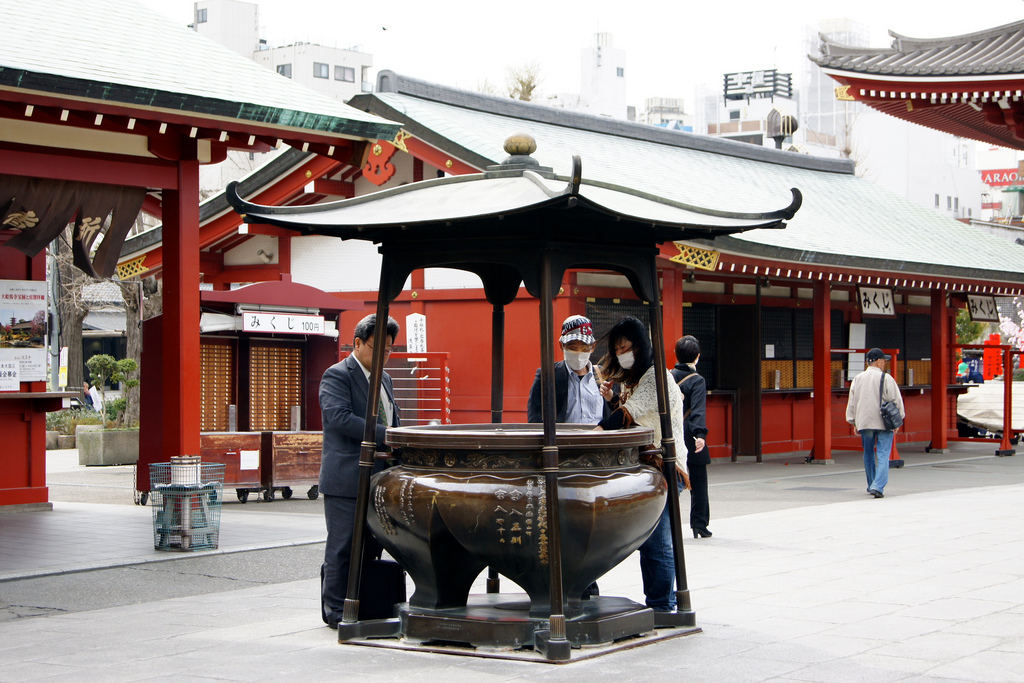Japan is endowed with so much as a nation and an economic super power in Southeast Asia. Perhaps, this can be best attributed to her unconditional beliefs in the supernatural. To date, ang bansang ito na yata ang nagtataglay ng pinakamaraming paniniwala tungkol sa good lucks tulad ng numbers, directions, colors, objects animals, shrines and temples.
Tokyo Asakusa and the ‘Fountain Secrets of Good Luck’
Sabi nga ng karamihan, name it, Japan beamingly possesses it. In other words, the Japanese are head over heels crazy with good lucks. In the busy district of Tokyo Asakusa, this is dubbed as the “Fountain Secrets of Good Luck.” In prominent Shinto temples or shrines, worshippers meaningfully walk to get rid of the bad omens that might bring a not so good fortune.
Seven Gods of Good Luck
The Seven Gods of Good Luck are very essential for those people na naghahanap ng magandang kapalaran sa pag-ibig. It is believed that these gods originated in India and China through the use of a Buddhist trail alongside with one of the famous Japanese deities who goes by the name of Shinto Kami.
Having lots of Gods to pay homage and honor to, Japan had its own noble version of egalitarianism. These Seven Gods are commonly are gathered altogether sa tinatawag na treasure ship na kung tawagin ay takara bune. This will help millions of Japanese believers kung paano maglalayag patungo sa isang magandang kinabukasan.
Japanese Gods in Asakusa: What Do they Signify?
- Jurojin – God of Longevity
- Benzaiten – Goddess of Beauty, Art, Music and Literature
- Bishamonten – The Warrior God
- Hotei – Abundance God and Good Health
- Ebisu – Fishermen’s Merchants’ God
- Daikoku – God of Wealth and Commerce
- Fukurokujo – God of Happiness, Longevity and Wealth
Ang mga makapangyarihang deities na ito karaniwang iniuugnay sa mga temples na matatagpuan sa Asakusa. The easy to follow trail in this sacred place in global history is being visited by millions of pilgrims to lovingly collect an unusual stamp that is filled with good luck. The stamp is beautifully embellished in a scroll. Anu-ano pa ang mga hiwaga ng Asakusa? Halina’t ating tuklasin sa susunod na isyu ng artikulong ito. Stay tuned for part 2.
image credit: Luca Mascaro from Flickr





















